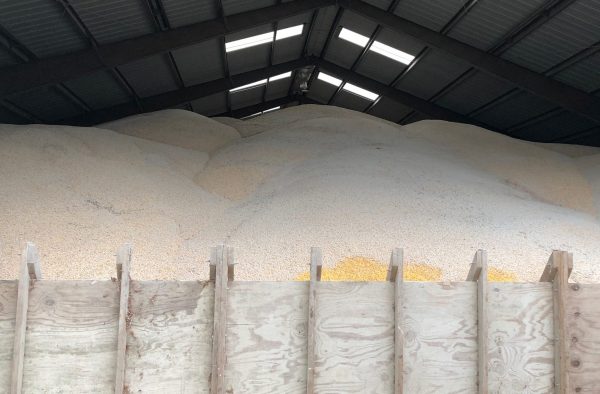Following Osaka, the meeting of negotiators in Shanghai at the end of July was short and inconclusive and the tit-for-tat trade war resumed. In early August, President Trump announced his intention to apply 10 per cent tariffs on the remaining US$300 billion dollars of Chinese exports to the United States. In retaliation, China postponed its promised purchase of US soybeans. Trump then withdrew his order to hold off on the ban of parts sales to Huawei, though allowing for another grace period of 90 days on 19 August. But the US Treasury then named China a currency manipulator.
In response to the imposition of punitive tariffs on US$75 billion worth of US exports to China, last Friday Trump raised tariffs to 30 per cent on the original US$250 billion Chinese exports to the United States and to 15 per cent on the remaining US$300 billion. He also ordered US firms to quit business in China.
China generally has taken a defensive position since the trade war was initiated by Trump in April 2018. The Chinese government has taken steps to defuse some US demands since the Buenos Aires G20 summit in December 2018. Immediately after that summit, Beijing announced several measures to further open the country’s financial markets to foreign-owned companies. During this year’s National People’s Congress (NPC) a new Foreign Investment Law was passed that specifically makes illegal any form of forced technology transfer. The newly-released negative list for foreign investment was cut drastically from 145 to 40 investment categories.
The remaining US demands are either unrealistic or to meet tough resistance from China. It is unrealistic, for instance, to demand that the US–China trade imbalance be sharply reduced over two years because that would require that China more than double its imports from the United States. This is a task impossible for China to fulfil. It doesn’t address the US domestic policies that are one of the fundamental causes of the US–China trade imbalance. Trump’s tax cuts have expanded the imbalance; the trade balance is primarily a US problem.
Naming China as a currency manipulator is not just groundless but also damaging to the reputation of the US Treasury. As the IMF Article 4 review report states clearly, the Renminbi’s fall beyond 7 yuan per US dollar was a result of market forces. In reality, Chinese monetary authorities have tried hard to not allow the Renminbi to depreciate too quickly after August 2015, when a more flexible exchange rate regime was introduced.
Subsidies supporting innovation and state-owned enterprises (SOEs) will remain a contentious issue between the two countries. While it is possible to resolve the SOE issue by appealing to the notion of competitive neutrality, it is harder to draw a line on the use of subsidies because they can take subtle forms. For example, bank interest rates are still fixed by the government, at levels much lower than the prevailing market rates. Because it is much easier for large firms, most of them SOEs, to obtain bank loans, this financial market distortion delivers subsidies to SOEs.
More contentious is the implementation of changes to economic and trade practices. The United States demands that China change its laws and wants to write these changes into any agreement with China. The Chinese side sees this as an action infringing on the country’s sovereignty. The Chinese negotiating team insists that any legal changes must be legislated by the NPC and cannot be predetermined in an agreement. The US Congress would hardly accept legislation through treaty the other way round. The Chinese side also asks the text of the agreement be balanced when it comes to implementation.
The hurdle that seems to have blocked the continuation of the Shanghai negotiations was the precondition raised by China after the Osaka G20 summit that the United States get rid of all punitive tariffs before any further talks take place. Trump’s new tariffs suggest that the United States has not taken this condition seriously.
It’s highly likely now that the trade dispute will drag on for a long time. President Trump probably needs an agreement more than the Chinese side. An agreement will allow him to claim victory and boost his political capital in the upcoming presidential campaign. Trump will probably have to take tougher measures, including imposing even higher tariffs, if an agreement is not reached. This will inevitably lift consumer prices higher and runs the risk of alienating ordinary US voters.
The onset of the trade war did shake Chinese market confidence last year, but the market has become calmer this year. There is a wrongly-placed tendency in China’s policy circles to overstate the direct impact of the trade dispute on China’s economy and its future growth. The trade war has serious implications for the multilateral trading system and China’s role in it, but the dispute is about trade and behind-the-border regulations that can be negotiated and negotiating to take out some of the impediments will be good for China’s economic ascendance.
Yang Yao is Cheung Kong Scholar, Boya Chair Professor and Dean of the National School of Development (NSD) and Director of the China Center for Economic Research (CCER), Peking University.

